Mega Archive: Part XXV: From Ecco the Dolphin to Streets of Rage 2
By Mento 0 Comments
We're back with the Mega Archive, a feature that deep (well...) dives into every release on the Sega Mega Drive/Genesis in chronological order while simultaneously sprucing up their wiki pages. I may be retiring or retooling this series when I eventually hit 1993, but I couldn't just abandon it right at the end of 1992 like this. Especially when December 1992 is such a significant month for Sega, not to mention one of the busiest.
Reason being? Not only were the shelves stocked with potential 16-bit Christmas gifts, but the newly launched (in America) Sega CD peripheral would be releasing many of its dubious "highlights" during this holiday period as well; Sega of America out here promoting its newest weapon in their technological arms race with Nintendo as hard as they can. The two bangers mentioned in the title are really only the tip of the iceberg, though that's not to downplay the vast amount of licensed shovelware popping up towards the end of 1992 too. It won't be easy to pull some facts that aren't already widely known: an occasional issue with this feature, though having fully developed wiki pages at least makes that half of the process easier.
December 1992 will see a total of twenty-four Genesis and Mega Drive debuts. We'll get started on ten of those in just a moment, but first here's what we've covered so far:
| Part I: 001-020 (Oct '88 - Dec '89) | Part XI: 161-175 (Jul '91 - Aug '91) | Part XXI: 311-320 (Sep '92 - Oct '92) |
| Part II: 021-035 (Dec '89 - Mar '90) | Part XII: 176-190 (Aug '91 - Sep '91) | Part XXII: 321-330 (Oct '92) |
| Part III: 036-050 (Apr '90 - Jul '90) | Part XIII: 191-205 (Oct '91 - Nov '91) | Part XXIII: 331-340 (Oct '92 - Nov '92) |
| Part IV: 051-065 (Aug '90 - Oct '90) | Part XIV: 206-220 (Nov '91) | Part XXIV: 341-350 (Nov '92 - Dec '92) |
| Part V: 066-080 (Oct '90 - Dec '90) | Part XV: 221-240 (Dec '91) | Part XXV: 351-360 (Dec '92) |
| Part VI: 081-098 (Dec '90) | Part XVI: 241-255 (Jan '92 - Feb '92) | |
| Part VII: 099-115 (Jan '91 - Mar '91) | Part XVII: 256-270 (Mar '92 - Apr '92) | |
| Part VIII: 116-130 (Mar '91 - Apr '91) | Part XVIII: 271-285 (Apr '92 - Jun '92) | |
| Part IX: 131-145 (May '91 - Jun '91) | Part XIX: 286-300 (Jul '92 - Aug '92) | |
| Part X: 146-160 (Jun '91 - Jul '91) | Part XX: 301-310 (Aug '92 - Sep '92) |
Part XXV: 351-360 (December '92)
351: Ecco the Dolphin
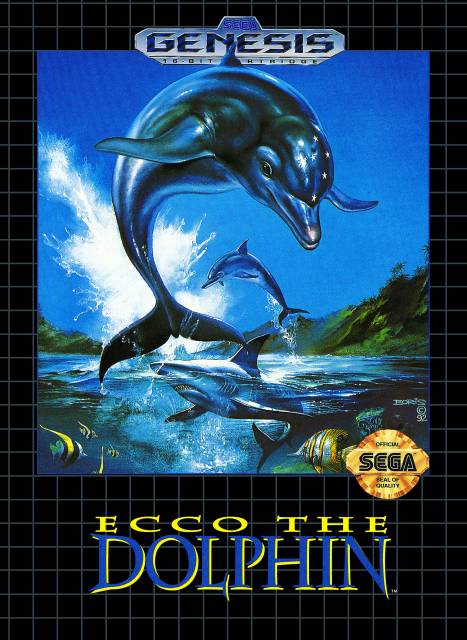
- Developer: Novotrade
- Publisher: Sega
- JP Release: 1993-07-30
- NA Release: December 1992
- EU Release: December 1992
- Franchise: Ecco the Dolphin
- Genre: Sonar 'em Up
- Theme: Save the Dolphins, and They'll Save Us from Xenomorphs
- Premise: When Ecco's whole pod is cast into parts unknown, he embarks on a long journey to find and rescue them. It's probably something simple like unscrupulous human fishermen, right? Probably.
- Availability: Its standalone Steam release is probably the most convenient. It's also been on iOS and the Wii Virtual Console in the past, various compilations old and new, and there's a fancy 3D variant for 3DS.
- Preservation: Ecco's one of those major Sega sub-fandoms with which I have very little experience - my attempts to play the game in the past were stymied by how awkward I found it, since the whole game is essentially one giant underwater level - so I'm not going to have too much personal insight into one of the Sega Genesis's most distinctive games, and one as closely associated to the platform as Sonic the Hedgehog and ToeJam & Earl. Inspired by thriller novels set in the ocean and the trippy works of Pink Floyd, Ecco repurposes the traits of the common bottlenose dolphin - their underwater echolocation, their enigmatic singing as a form of communication, and their limitations as a mammal that forces them to stay close to the surface or some other source of air - as video game mechanics. It's also deeply strange, as anyone who has made serious progress into the game can attest: time-travel, alien invaders, Atlantis, and an enormous sapient DNA strand that represents all life on the planet are featured in the plot. Notorious too is the game's high difficulty: due to the game's relatively short length, its creative director purposefully made the game harder to stop kids from beating it in a single rental. Can't get more honest than that for artificially boosting a game's challenge. We'll see Ecco again for its two sequels: 1994's The Tides of Time and 1995's Ecco Jr..
352: Captain America and the Avengers
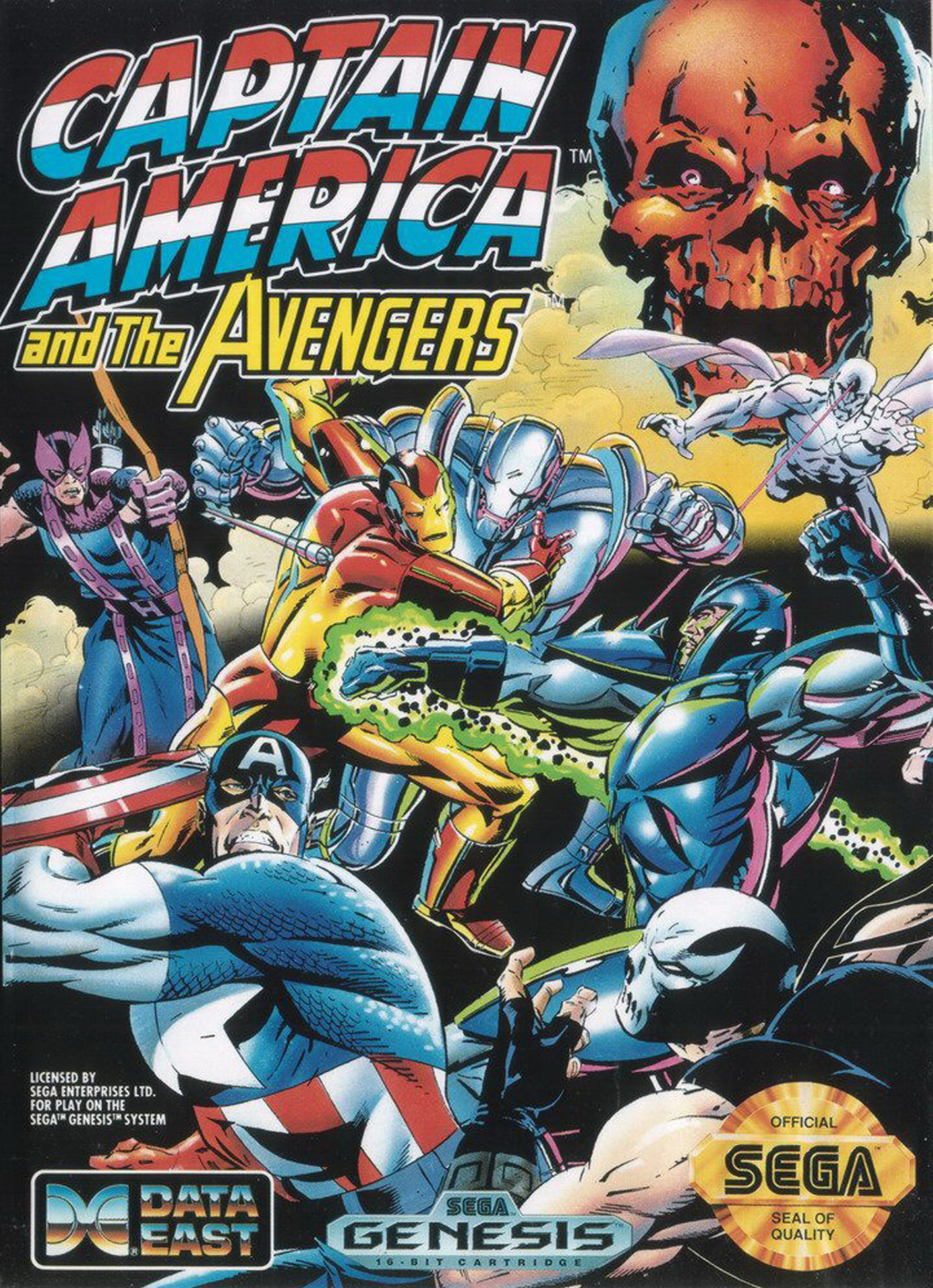
- Developer: ISCO / Opera House
- Publisher: Data East (NA) / Sega (EU)
- JP Release: N/A
- NA Release: December 1992
- EU Release: April 1993
- Franchise: The Marvel Video Game Universe
- Genre: Brawler
- Theme: Assemblage
- Premise: Cap and his superhero friends are out here fighting for that rarest yet somehow most elusive of things - a good Avengers video game.
- Availability: Data East arcade ports have been popping up here and there courtesy of new owners (as of 2015) Marvelous, but not this one due to some obvious licensing issues. At least, that was the case until this recently announced Arcade1up cabinet.
- Preservation: Unless it was Technos or Capcom, most arcade brawler ports for consoles tended to fall way short of the mark, especially when their strengths (multiplayer, many enemy sprites on the screen at once) were often removed or minimized. However, because the original Captain America was fairly modest as arcade games go - with comparatively smaller sprites and more emphasis put on maintaining the simple look of the comics over super-detailed graphics - the Genesis port didn't have to sacrifice too much fidelity and turned out fairly well. While the arcade game was developed by Data East, the licensing rights for the Genesis version went to ISCO who then sub-contracted to Opera House; the previous of these Data East/ISCO/Opera House collaborations was the Two Crude Dudes port (MA XVI) earlier that February. Something I discovered was that one of my favorite VGM composers, Hitoshi Sakimoto, was involved with the soundtrack for the Genesis version in particular: he's been involved with many games since, most recently arranging the futuristic synth of 13 Sentinels: Aegis Rim through his independent music company Basiscape.
353: Clue
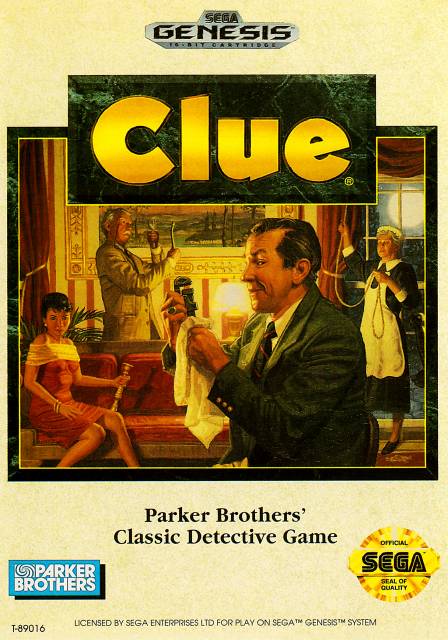
- Developer: Sculptured Software
- Publisher: Parker Brothers
- JP Release: N/A
- NA Release: December 1992
- EU Release: N/A
- Franchise: Clue
- Genre: Board Game
- Theme: Murder Most Foul
- Premise: Flames... flames?... flames on the side of my face... breathing... breaths... heaving breaths...
- Availability: There's been several Clue video game adaptations before and since, including most recently Clue: The Classic Mystery Game for iOS and Switch. I'm sure Tabletop Simulator has a not-strictly-legal version of Clue also.
- Preservation: The second of three Parker Bros. adaptations for the Sega Genesis published directly by that selfsame board game manufacturer, sitting between Monopoly (MA XXI) and Risk, Clue actually makes way more sense as a video game because of how important information can be dealt to the player(s) without cheating or accidental subterfuge. I'm definitely of the persuasion that the only Clue-related thing that needs to exist is the 1985 movie, but if you really wanted an expensive video game version of an inexpensive board game, this doesn't seem abjectly terrible and even has little animated vignettes for all the possible murder variations. It was developed by Utahan developers Sculptured Software, which also did Monopoly (and will also do Risk) and was later bought by Acclaim: that's why some Clue reissues were released under Acclaim's Ballistic label.
354: Disney's Ariel: The Little Mermaid
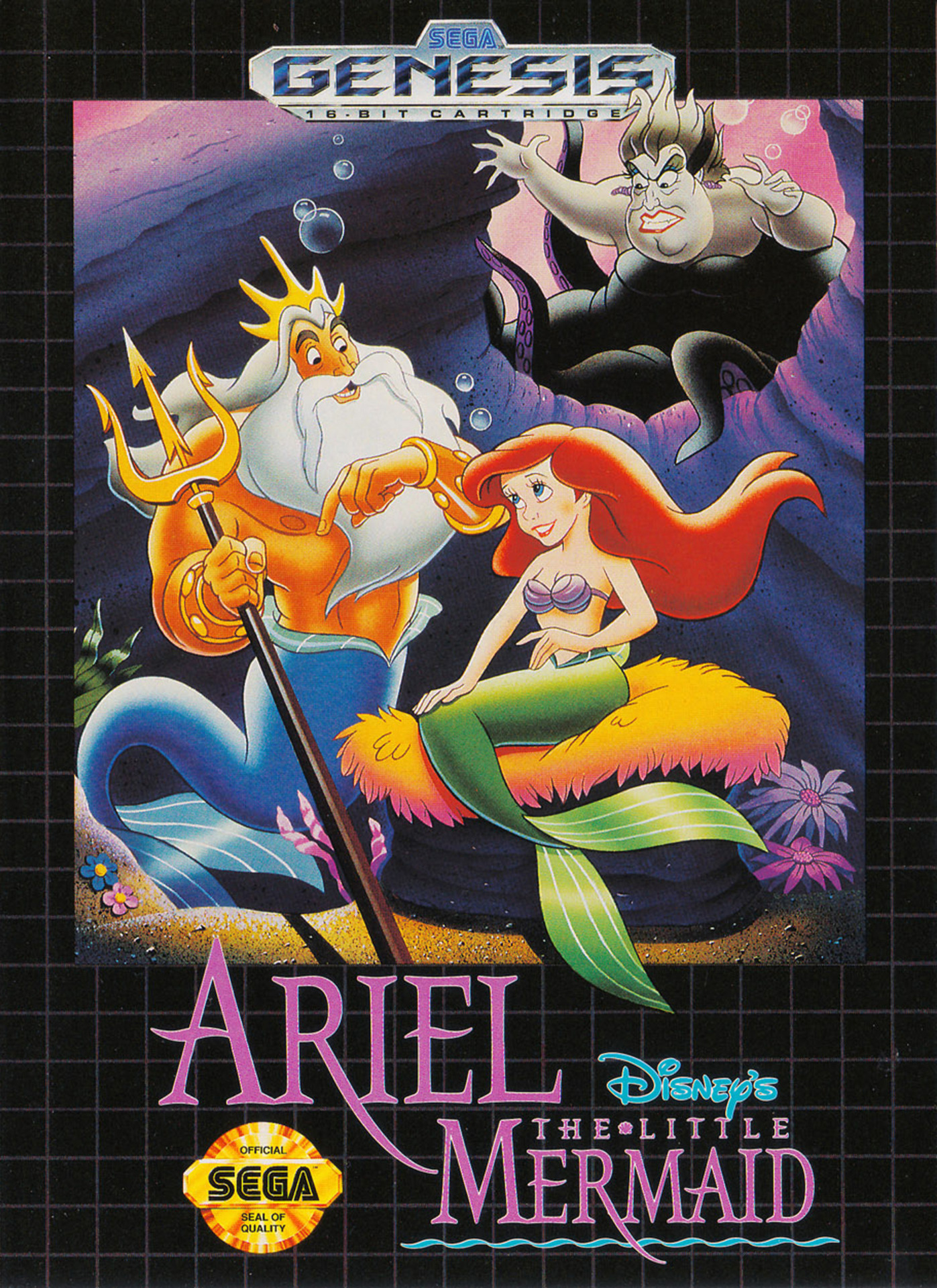
- Developer: BlueSky Software
- Publisher: Sega
- JP Release: N/A
- NA Release: December 1992
- EU Release: 1992-12-14
- Franchise: Disney
- Genre: Splashction-Adventure
- Theme: Collecting Dinglehoppers
- Premise: Video games like Ocarina of Time have proven many times over that it's usually not "better down where it's wetter," and this Disney adaptation corroborates that.
- Availability: Best not to assume any rereleases from Disney. If this sees the light of day again, it'll be part of the "Disney+ Games" service. Of course, they'd need to reinstate their games division for that to work.
- Preservation: I talked about the Genesis's relationship with Disney properties back when I covered TaleSpin (MA XXIII) but in short, both the Nintendo systems and Sega systems saw different adaptations of popular Disney properties - Capcom made all or nearly all the Nintendo versions, while the Sega versions were all handled by different (usually occidental) contractors. The honor of adapting 1989's The Little Mermaid for Genesis went to BlueSky Software: we last met this Californian studio with NFL Sports Talk Football '93 Starring Joe Montana (MA XXIV), and they'll go on to make even greater contributions to Genesis history soon enough. Sadly, there's a reason why you don't hear about this game as much as you might, say, Aladdin or The Lion King: it's not so great. Doesn't help that it arrived the same month as Ecco the Dolphin, which stole much of its underwater exploration thunder. If you recall the TMNT level set underwater (I feel that's the only thing anyone remembers about that game), where you had to find a bunch of targets around a maze, The Little Mermaid is entirely that.
355: Garry Kitchen's Super Battletank: War in the Gulf
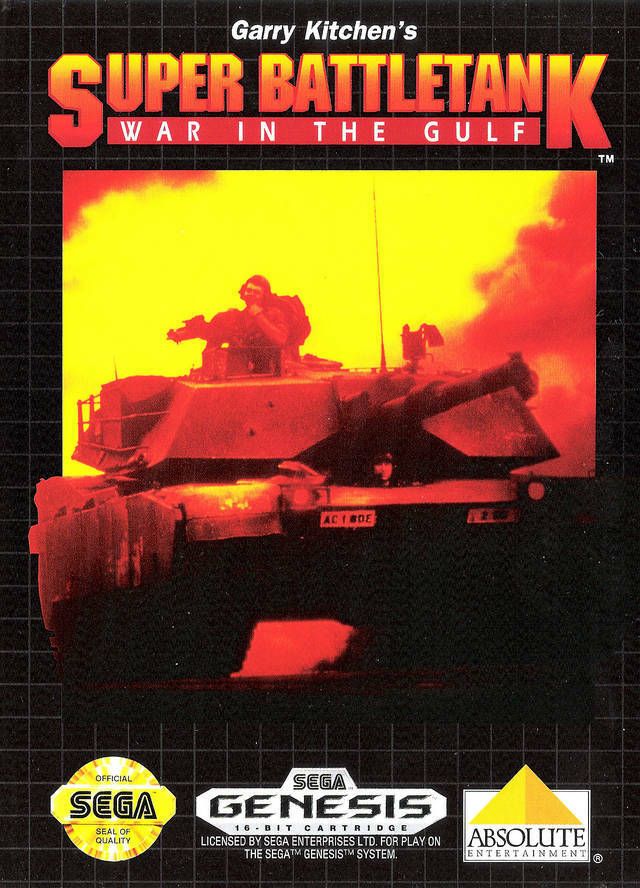
- Developer: Absolute Entertainment
- Publisher: Absolute Entertainment
- JP Release: N/A
- NA Release: December 1992
- EU Release: N/A
- Franchise: Battletank
- Genre: Simulation
- Theme: Gulf War (The First One)
- Premise: You know what they say - if you can't stand the heat of live ammunition being fired from a cannon, get out of Kitchen's Super Battletank. And by "they" I mean the terrible print ads Absolute probably made at the time.
- Availability: A 2003 GBA remake is about as close as you're going to get to a present day Super Battletank release. There are plenty of better/more realistic tank simulators on Steam and elsewhere.
- Preservation: I bring this up periodically but I've been having a much easier time on the wiki side of things lately because many of these games share a platform with the TurboGrafx (rare) and SNES (common), both of which have been the subjects of earlier wiki projects. As such, if I have to do anything with these pages it's just adding Mega Drive-specific data like releases and screenshots. It also means that I don't have to break my own spine trying to reach for something interesting to say about another dry-ass military simulator like Garry Kitchen's Super Whatever. Battletank is perhaps a little more relaxed than most, being made specifically for consoles as opposed to going through home computers first, but it's still the type of game where more than half the screen is filled with HUD elements and functions that you'll need a manual or a Drew Scanlon to parse. One piece of trivia I found is that Super Battletank's Game Gear port - a console I've been conspicuously ignoring, since I'm not the biggest fan - was the last game released on that system, I suspect because publishers Majesco forgot they made it and just dropped it in 2001 long past the point of anyone caring (the GBA also came out that year, to give you an idea of the timeframe). Majesco also put out the very last official Genesis release (we'll get to that in... 2028?), so I guess obsolescence was just something they were into.
356: The Great Waldo Search
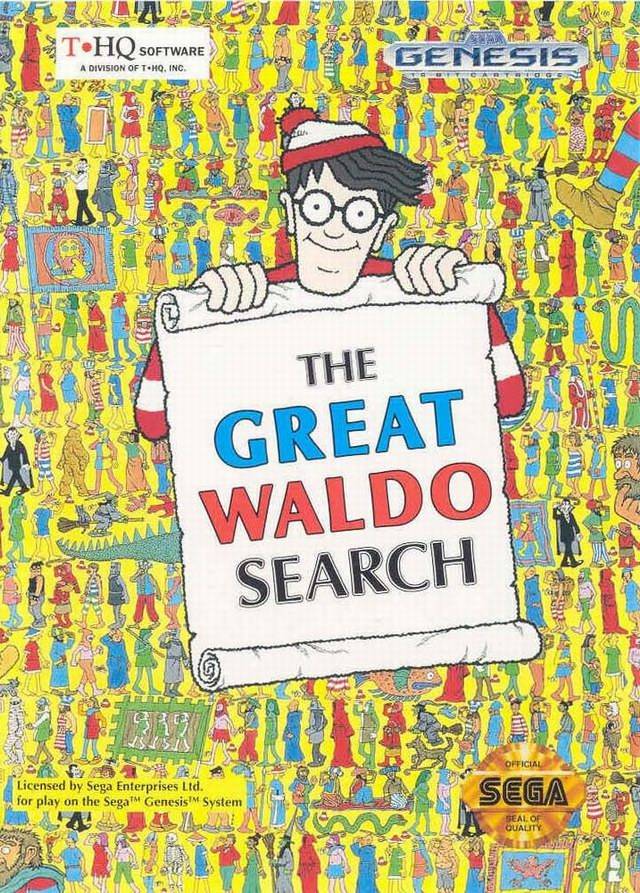
- Developer: Radiance Software
- Publisher: THQ
- JP Release: N/A
- NA Release: December 1992
- EU Release: N/A
- Franchise: Where's Waldo?
- Genre: Stealth?
- Theme: Agoraphobic Nightmare
- Premise: Waldo isn't hiding, exactly, but he's still tough to spot in these various crowd scenes. Find him, and maybe he'll tell you where the hostage is buried before her air runs out.
- Availability: Just buy one of the books. Or get Hidden Folks on Steam/iOS, since it does a better job figuring how to pull this idea off within an interactive medium.
- Preservation: I grew up with the Where's Wally? (its original name here in the UK) books but not so much enamored with its various multimedia ventures, as most of them aren't able to replicate the core appeal of poring over a massive scene filled with incidental mayhem for a checklist of people and objects to find. Early Where's Waldo? video games like this suffered because of the limitations of their screen resolution, forcing players to scan each scene one zoomed-in region at a time. Eventually, as the technology improved, so did Where's Waldo? games and those inspired by same but at that point it was no longer the hot property it once was. Radiance Software is a name I've heard of but can find almost nothing on: they existed for a time in California and then stopped, is about as conclusive as I can get. At any rate, this was their only Genesis release, though they had a slightly bigger footprint on the NES, SNES, and TurboGrafx-16.
357: Muhammad Ali Heavyweight Boxing
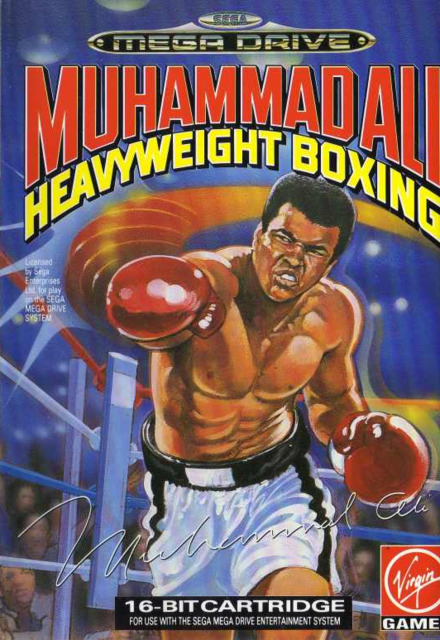
- Developer: Park Place Productions
- Publisher: Virgin Games
- JP Release: N/A
- NA Release: December 1992
- EU Release: March 1993
- Franchise: N/A
- Genre: Boxing
- Theme: Floating Like One Insect and Stinging Like a Different One
- Premise: Muhammad Ali, The Greatest, steps into the ring for his biggest challenge yet - defeating nine no-name NPCs.
- Availability: It's a licensed boxing game, so no rereleases. Maybe if they replaced Ali with Mr. Dream, but why would you do that?
- Preservation: Muhammad Ali Heavyweight Boxing represents the sort of sweet spot game developers were aiming for with their sports adaptations, finding a middle ground between realism for the fans of the genuine article and a sort of hyperrealism that exaggerates the sport for the sake of heightened entertainment. The boxers in these games get real messed up by the later rounds, having to carefully make their way back to their corner to recuperate because the canvas is slick with blood and they can't see out of one eye. The game makes ample use of sound design too, creating heavy punches that sound like someone being slammed with an entire cow carcass launched from a trebuchet. We're also seeing more experiments with pseudo-3D, seen when boxers circle around the ring for better positioning, and some cinematic zooming around before the bout starts. If you were to judge boxing games solely by the skill level of the endorsing celebrity, which makes some amount of sense given more money would have to be involved, I could see the logic of following that thought process to proclaim Ali's boxing game the greatest on the system (so far). Of course, developer Park Place Productions is no stranger to sports games: they helped create Madden NFL and NHL Hockey for EA, and Joe Montana Football for Sega. We'll see them again for a few ESPN sports games they made with Sony, as well as adaptations of the most gruelling TV sport of all: Jeopardy!.
358: Sunset Riders
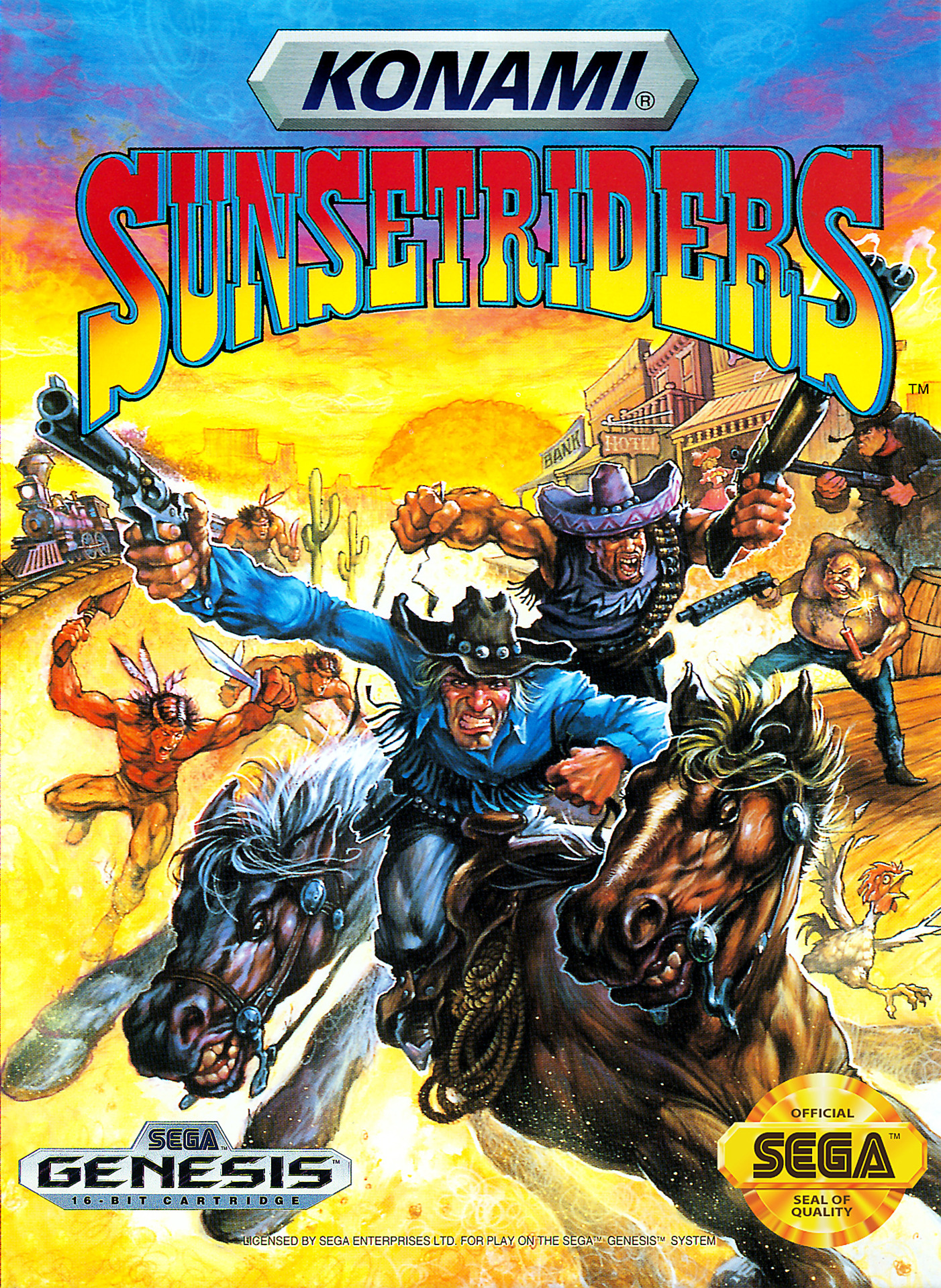
- Developer: Konami
- Publisher: Konami
- JP Release: N/A
- NA Release: December 1992
- EU Release: April 1993
- Franchise: N/A
- Genre: Shootin'
- Theme: Rootin' 'n' Tootin'
- Premise: Fill some bounties full of lead, and then bury them with their money. Or just keep the money.
- Availability: Port's not worth chasing down, but you could always buy the arcade version via the Xbox 360's Game Room. Hmm? What? Oh. Well, good thing it was released in 2020 on Switch and PS4 as part of Hamster's Arcade Archives then.
- Preservation: Now, I love Sunset Riders as much as the next hombre, but recall what I said about the Captain America port? How arcade games rarely make it to consoles unscathed, especially in the 16-bit era? Sunset Riders for Genesis has half as many playable characters, half as many stages (though those that remain are edited to be longer), and the graphics and sound were considerably reduced including the voice samples. Konami cheaped out with the smallest cart they could make, possibly figuring that if they didn't release it in Japan their reputation would remain intact. Like American movie stars doing weird-ass Japanese commercials they assume we'll never see. One thing I love about this game is that they took all the guns out of the PAL version's box art. We do have restrictive gun laws here, but that seems like a bit much, especially since six-shooters kinda came with the territory. Too bad they didn't replace them with walkie-talkies instead (they had those in the Wild West, right? How else could they have organized the train robberies?).
359: Superman
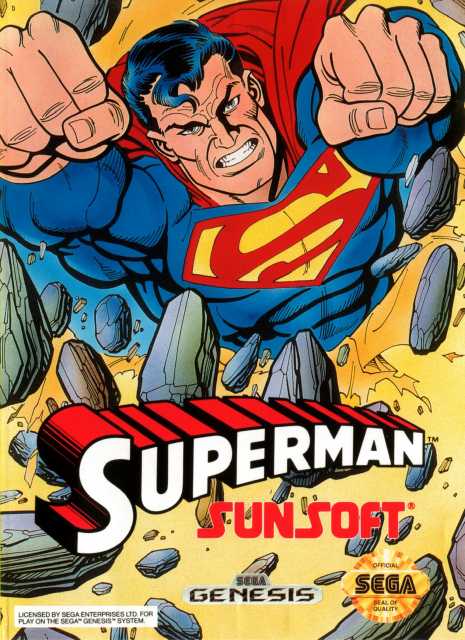
- Developer: Thinking Rabbit / Sunsoft
- Publisher: Sunsoft (NA) / Virgin Games (EU)
- JP Release: N/A
- NA Release: December 1992
- EU Release: December 1992
- Franchise: Superman
- Genre: Brawler
- Theme: Indestructible Man Gets Punched By Green Goons, Dies
- Premise: When Brainiac and a bunch of his underlings come to Earth to make trouble, Superman flies in to the rescue. That said, he's not going to be at 100%. Video games have to be challenging, after all.
- Availability: No-one's made a good (solo) Supes game yet, and no-one seems eager to rerelease any of the failed experiments so far.
- Preservation: I was not aware there was a Sunsoft Superman game for the Genesis, which presumably came about due to their success with his sometimes-BFF Batman. Turns out there's a reason why people don't talk about this game much. In addition to completely whiffing on what makes Superman either a boring or a compelling hero (depending on who is writing him) - that he's more or less invulnerable - the game actually goes too far in the other direction, turning him into the kind of chump that gets clobbered by random henchpeople and robots. Instead of being faster than a speeding bullet, Supes is slow as molasses and has to wait to charge up his strongest attacks and instead of flying, he spends half the game on-foot. I sympathize to some extent: making a Superman game is a lot harder than making a Batman game, because the latter is human, and it translates better to a video game paradigm when the hero is mortal and must rely more on wits and equipment. Yet, if Volition can make a decent Superman game with Saints Row, surely someone else can?
360: Streets of Rage 2 / Bare Knuckle 2
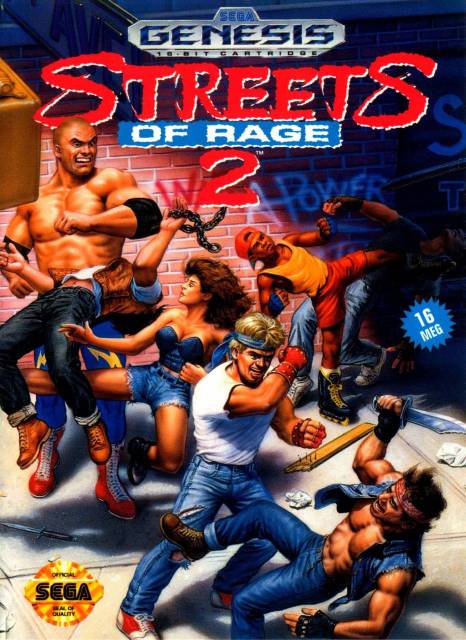
- Developer: Sega CS / Ancient
- Publisher: Sega
- JP Release: 1993-01-14 (as Bare Knuckle 2)
- NA Release: December 1992 (as Streets of Rage 2)
- EU Release: 1993-01-14 (as Streets of Rage 2)
- Franchise: Streets of Rage
- Genre: Brawler
- Theme: Only Trust Your Fists, Police Will Never Help You
- Premise: Axel, Blaze, some kid on rollerskates, and not-Haggar have to prowl the angriest of avenues once again after crimeboss Mr. X returns.
- Availability: The original three Streets of Rage games are on Steam, as is the newly released fourth.
- Preservation: There isn't much competition to Sonic the Hedgehog 2's claim to most beloved Sega Mega Drive game of all time, but Streets of Rage 2 is one of the few acceptable alternatives. That the two games appeared within weeks of another was something of a coup for Sega; a good coup, rather than a bad coup that might hypothetically involve getting lost in the Halls of Congress and tasering your own testicles. With two new playable characters and everything else polished to a fine sheen, SR2 is considered the series peak, balancing risk vs. reward systems like special moves that eat away HP and a variety of boss and enemy types. The brawler genre would eventually hit a dead-end of sorts shortly after this game, though you could credit that with no-one figuring out how to improve upon its simple but effective formula without diluting it with unnecessary diversions and mechanics. This is Ancient's first credited Mega Drive game, though they have one other that we'll see when we eventually reach 1994. It's Yuzo Koshiro's company that he founded with family members, who is famous for giving the Streets of Rage franchise its inimitable soundtracks. Ancient's also credited with planning and production, along with Sega's own in-house studio Sega CS (Consumer Research and Development) which was the successor to their R&D2 division.

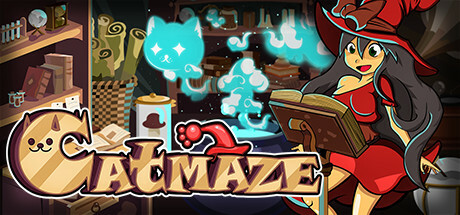
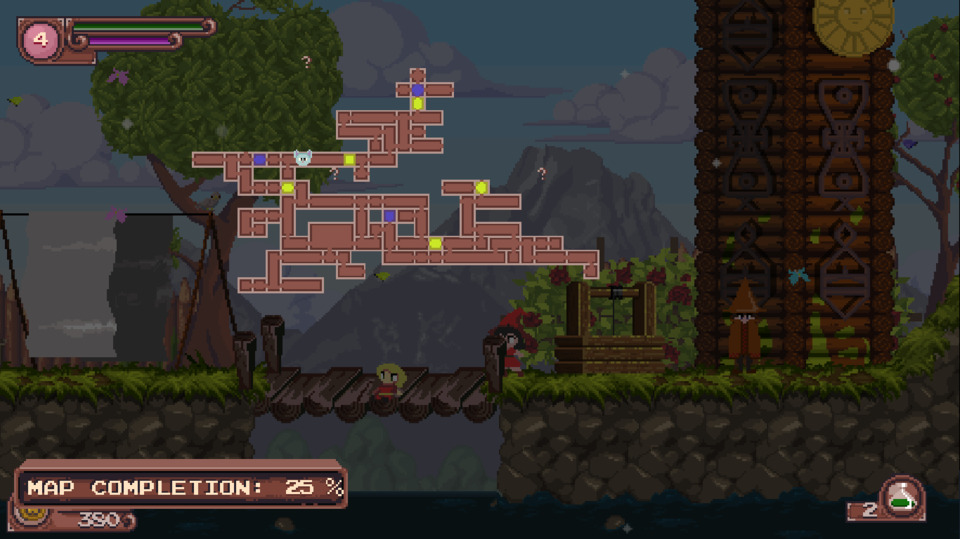
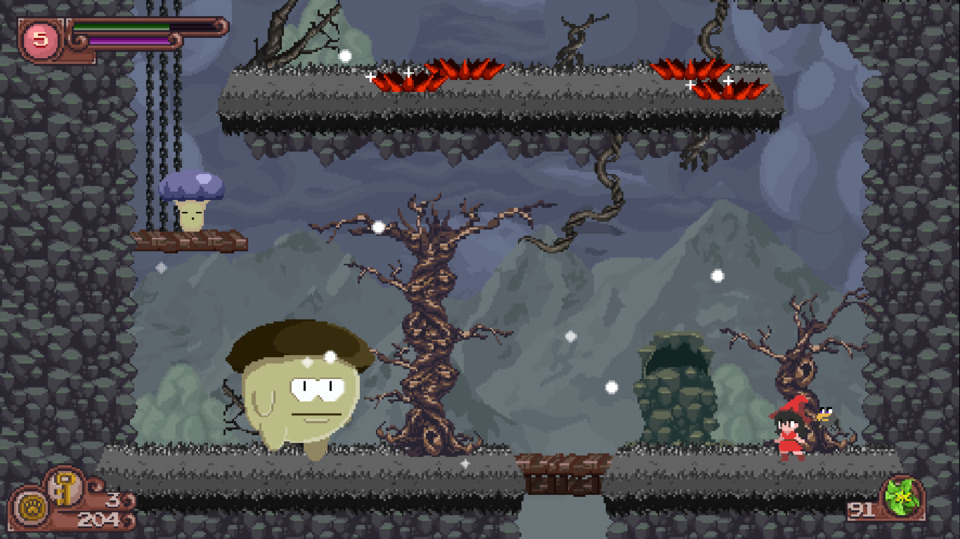
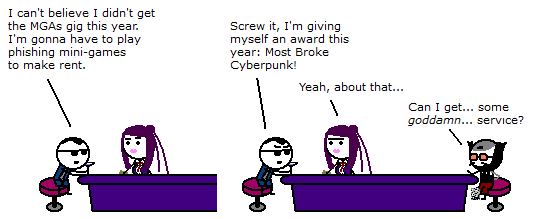
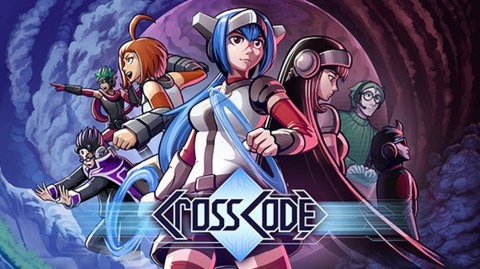
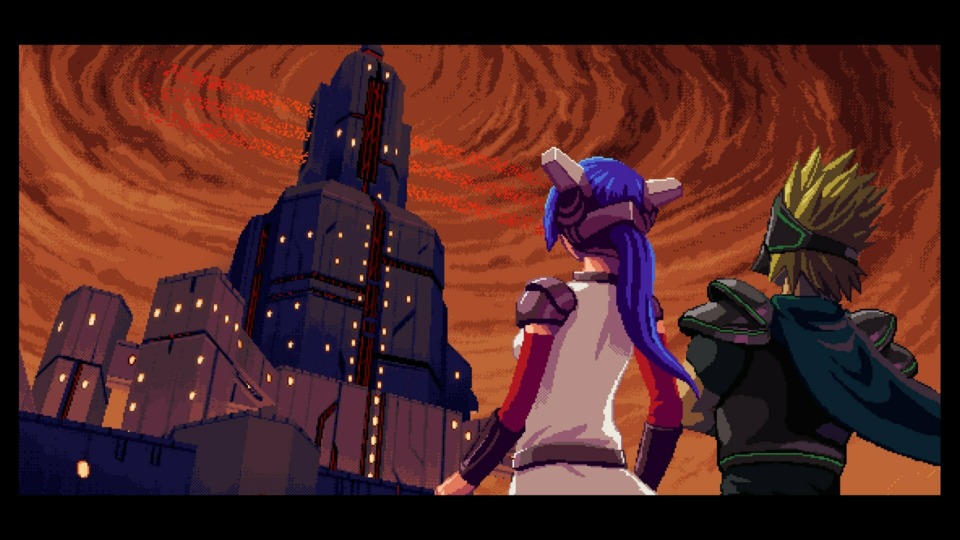
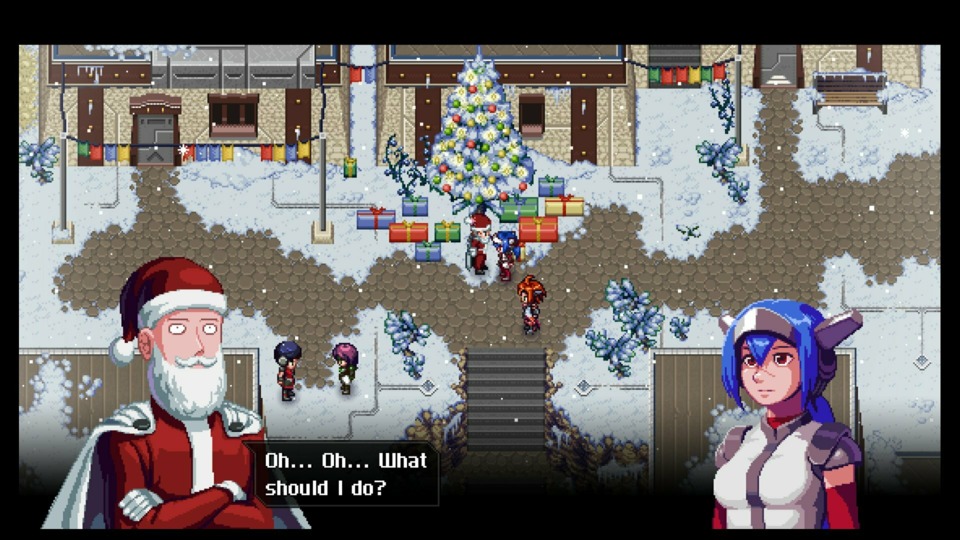
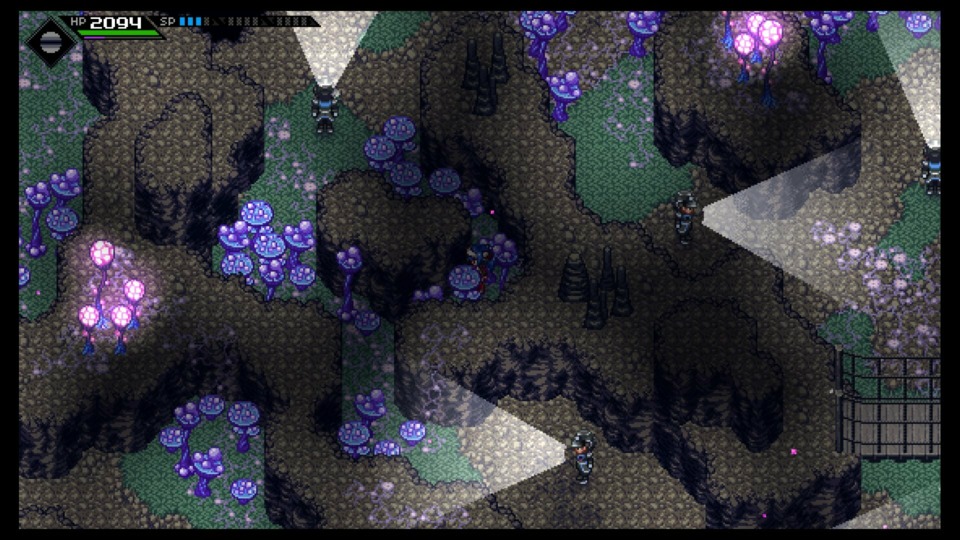
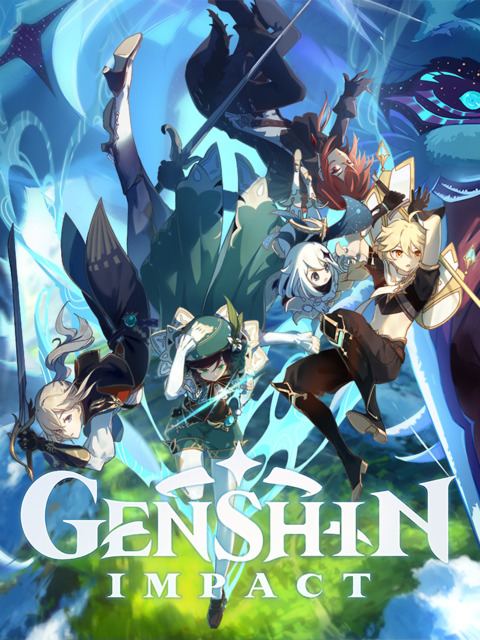
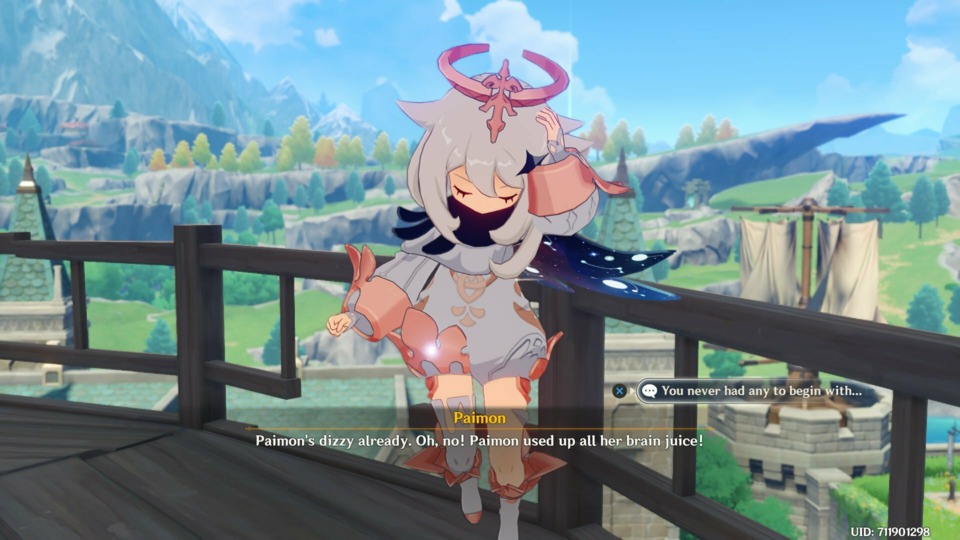
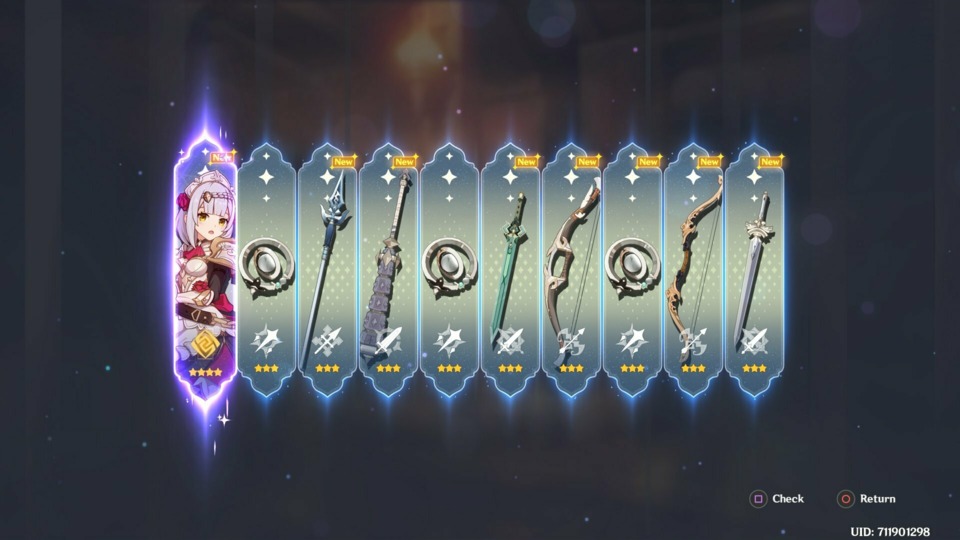
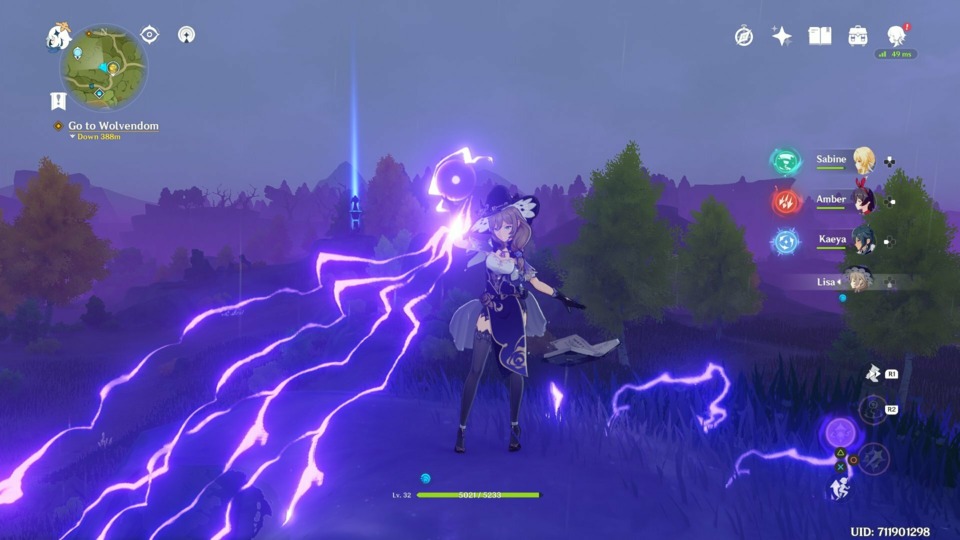

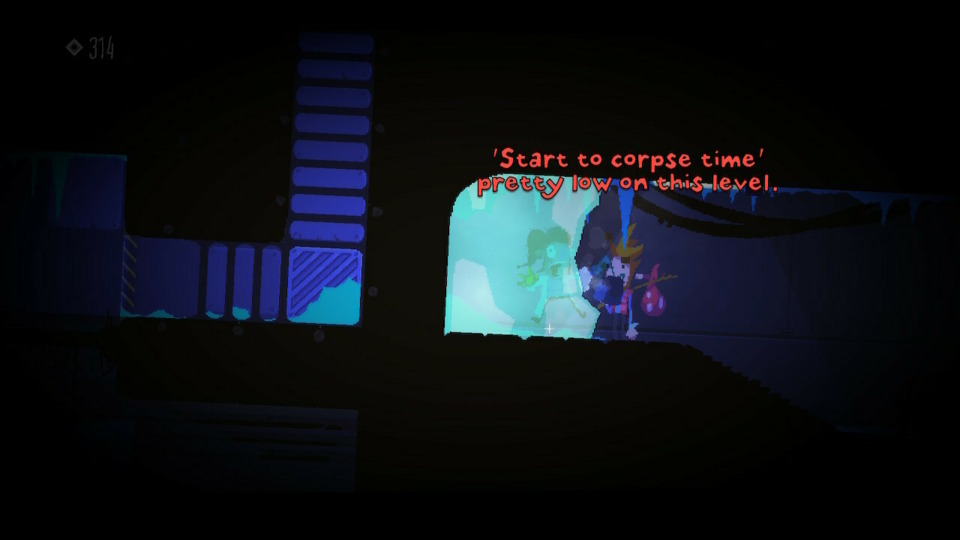
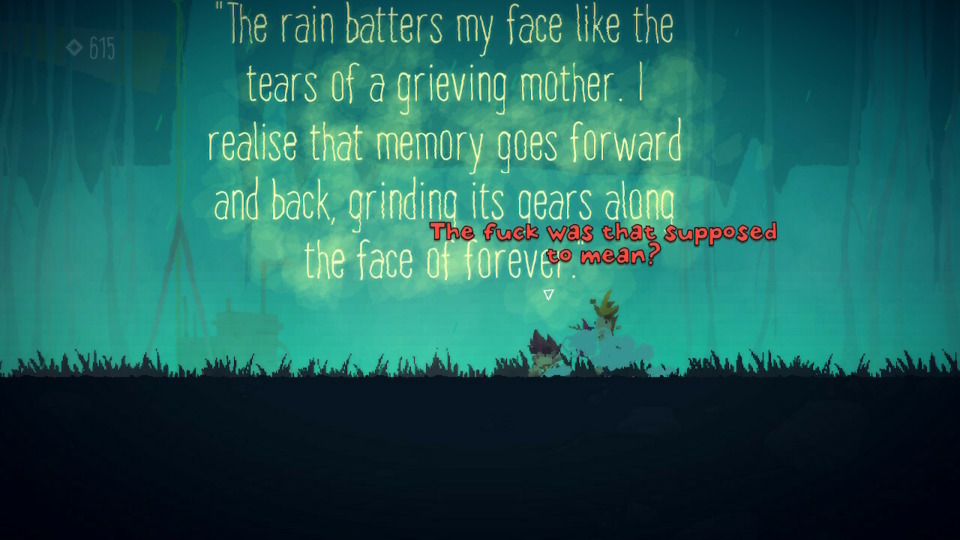
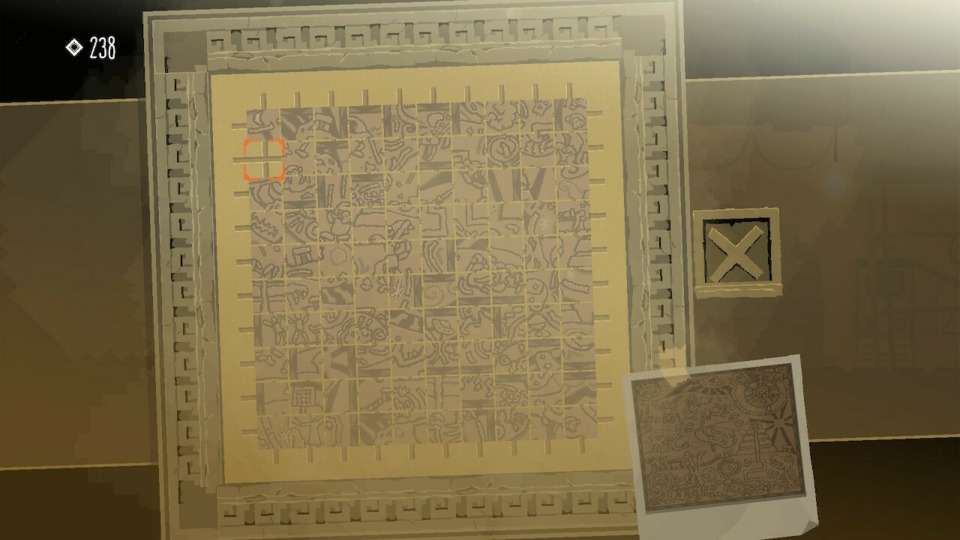

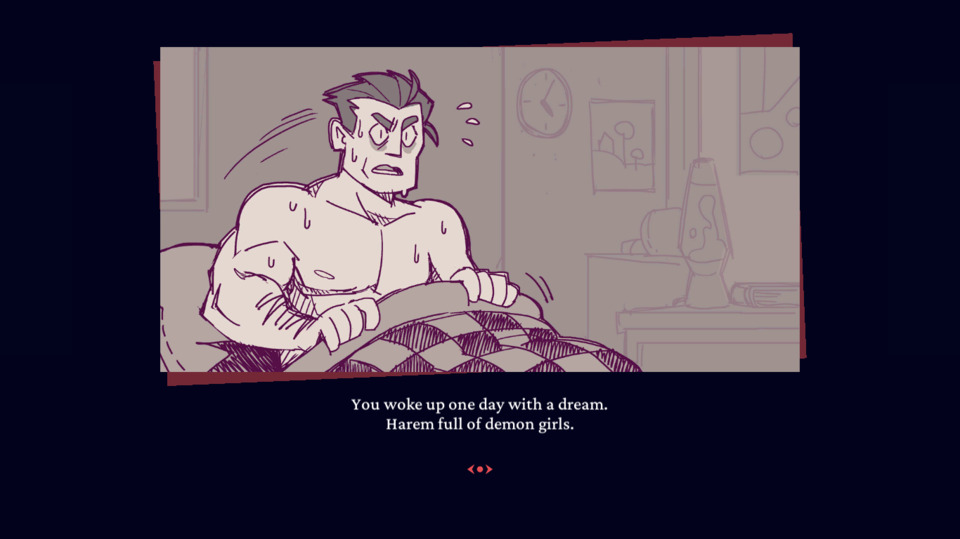
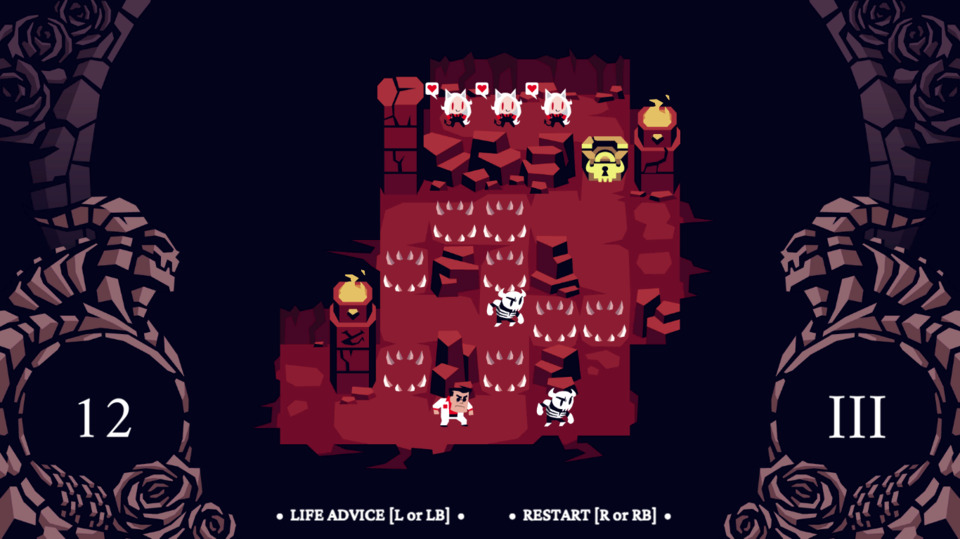

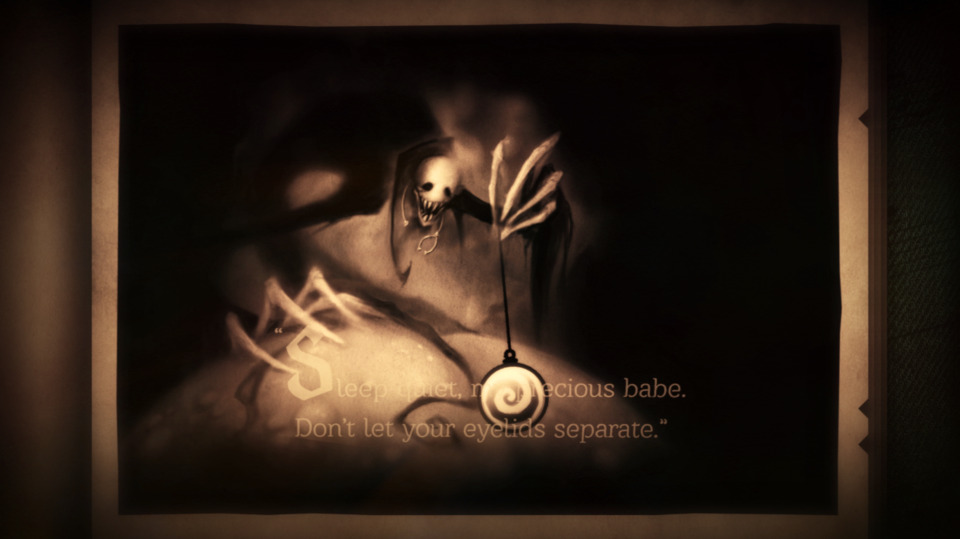
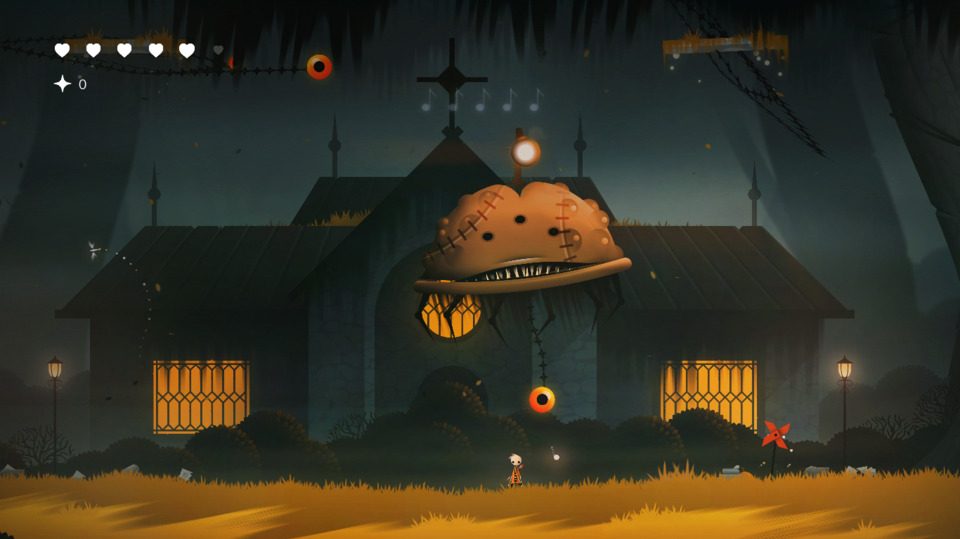
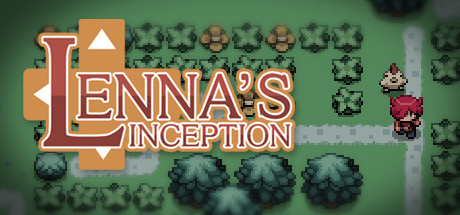
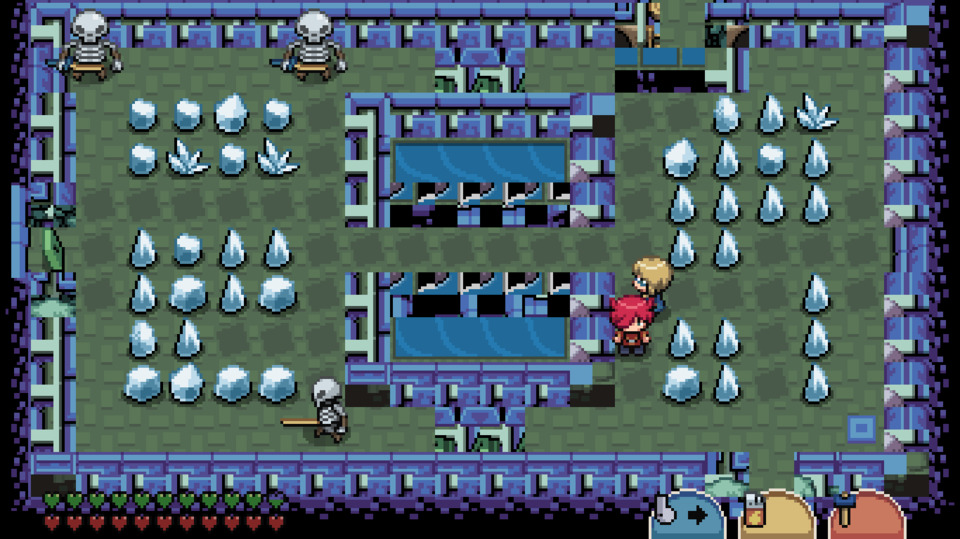
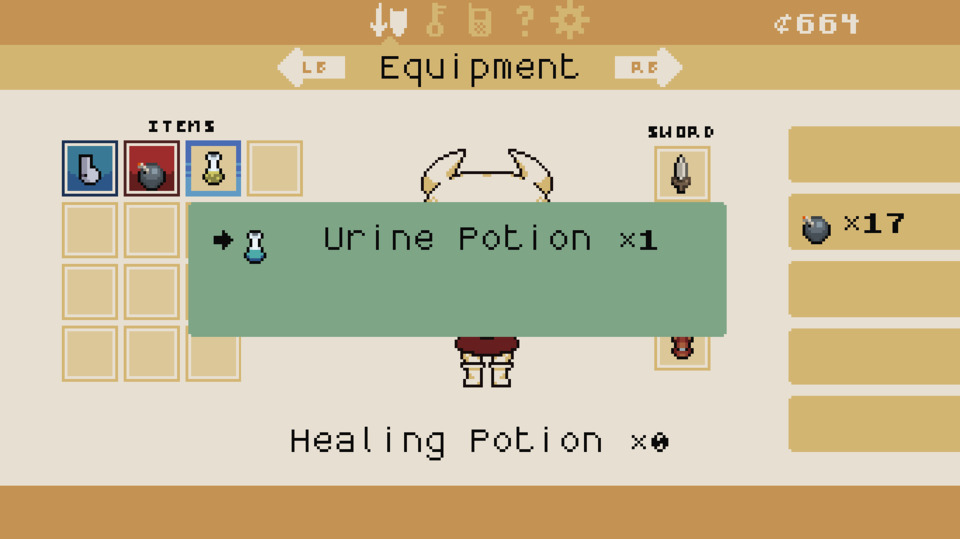

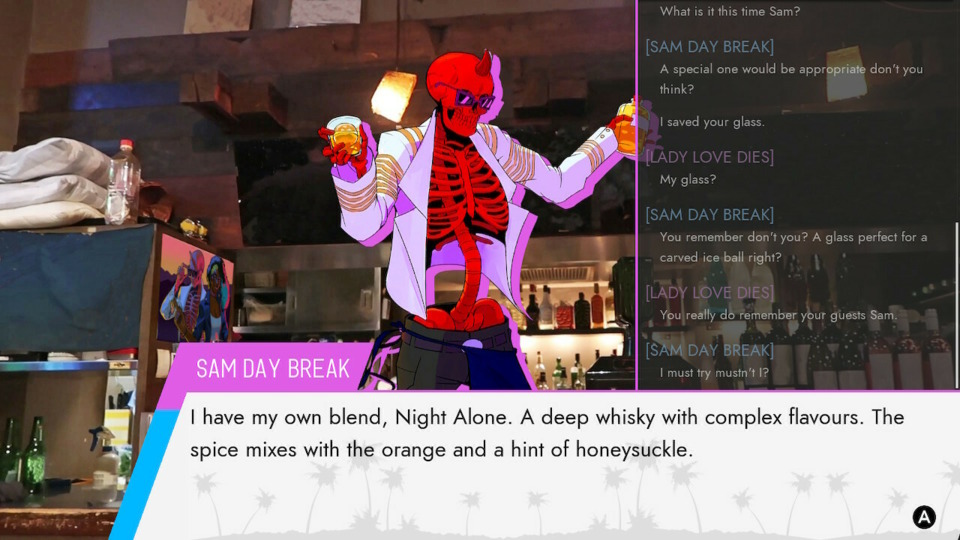
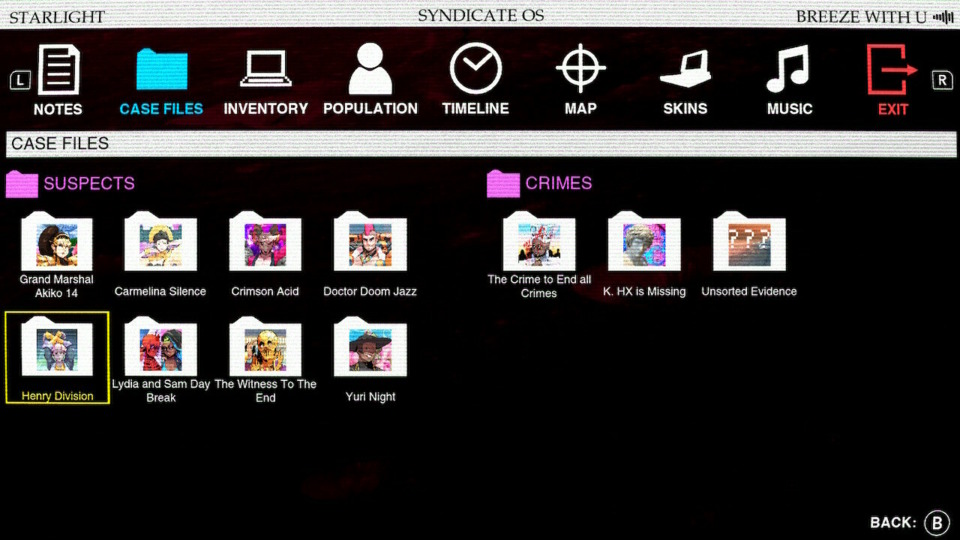
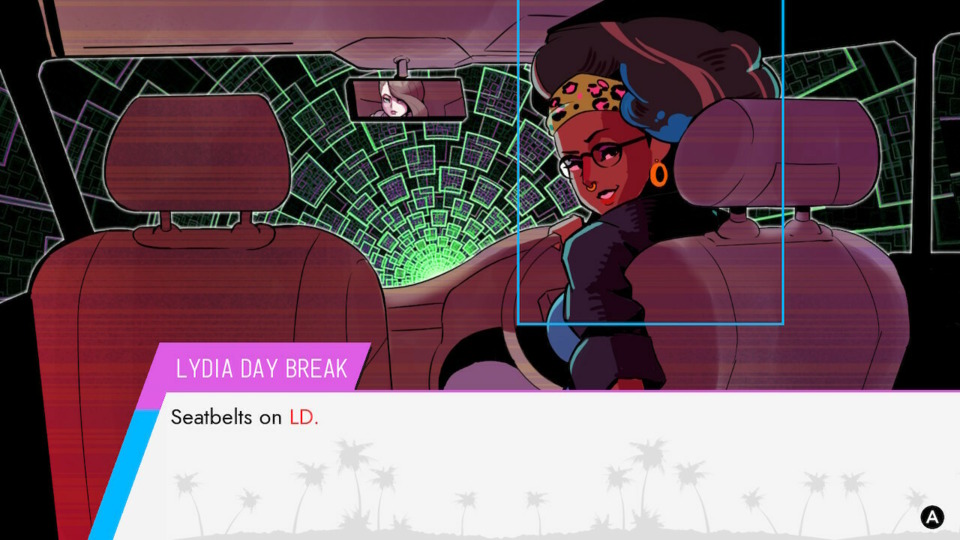
Log in to comment